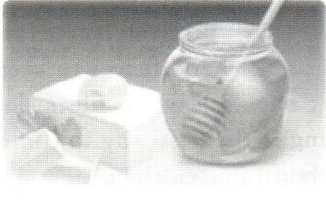阅读短文,从各题所给的A、B、C、D四个选项中选出最佳选项。
Populations of white-tailed deer (白尾鹿) are growing rapidly in many parts of the United States. As populations grow, food becomes a problem. Many deer die of hunger. Others grow up small and unhealthy. In search of food, hungry deer move closer to where humans live. They eat farm crops, vegetables and even trees. Besides, increased numbers of deer near roads can cause traffic accidents.
People admire the grace and fast speed of deer. Most people don't want these animals to be hungry and ill. Should people take action to control the growing deer populations?
Should People Take Direct Action?
Many people think that hunting (打猎) is the best way to control the animal populations. Wildlife managers will see if there's enough food in an area and decide its carrying capacity (容量). Then hunters with licenses are sent to help control the number of deer. Hunting is usually not allowed in cities or suburbs, however.
Some people have the idea to catch the deer and move them to other places. But this method is expensive and requires finding another place that can accept the deer without breaking the balance of ecosystem.
Scientists are also working to develop chemicals to control the birth rate in deer populations. But this plan works for only one year at a time.
Should People Take Indirect Action?
Some suggest bringing in natural enemies of deer, such as wolves, lions and bears, to areas with too many deer. But these animals could also hurt dogs, cats, and even humans. Other communities have built tall fences (篱笆) around areas to keep out the deer. However, this is impossible for farmers.
▲
Some people are against any kind of action. They support leaving the deer alone. Animal populations in an area naturally go up and down over time. Doing nothing means that some deer will die of hunger or illness. But finally, the population will reach a size within the carrying capacity of the environment. So, let nature go its own way.


 B.
B.  C.
C.  D.
D.  E.
E. 
